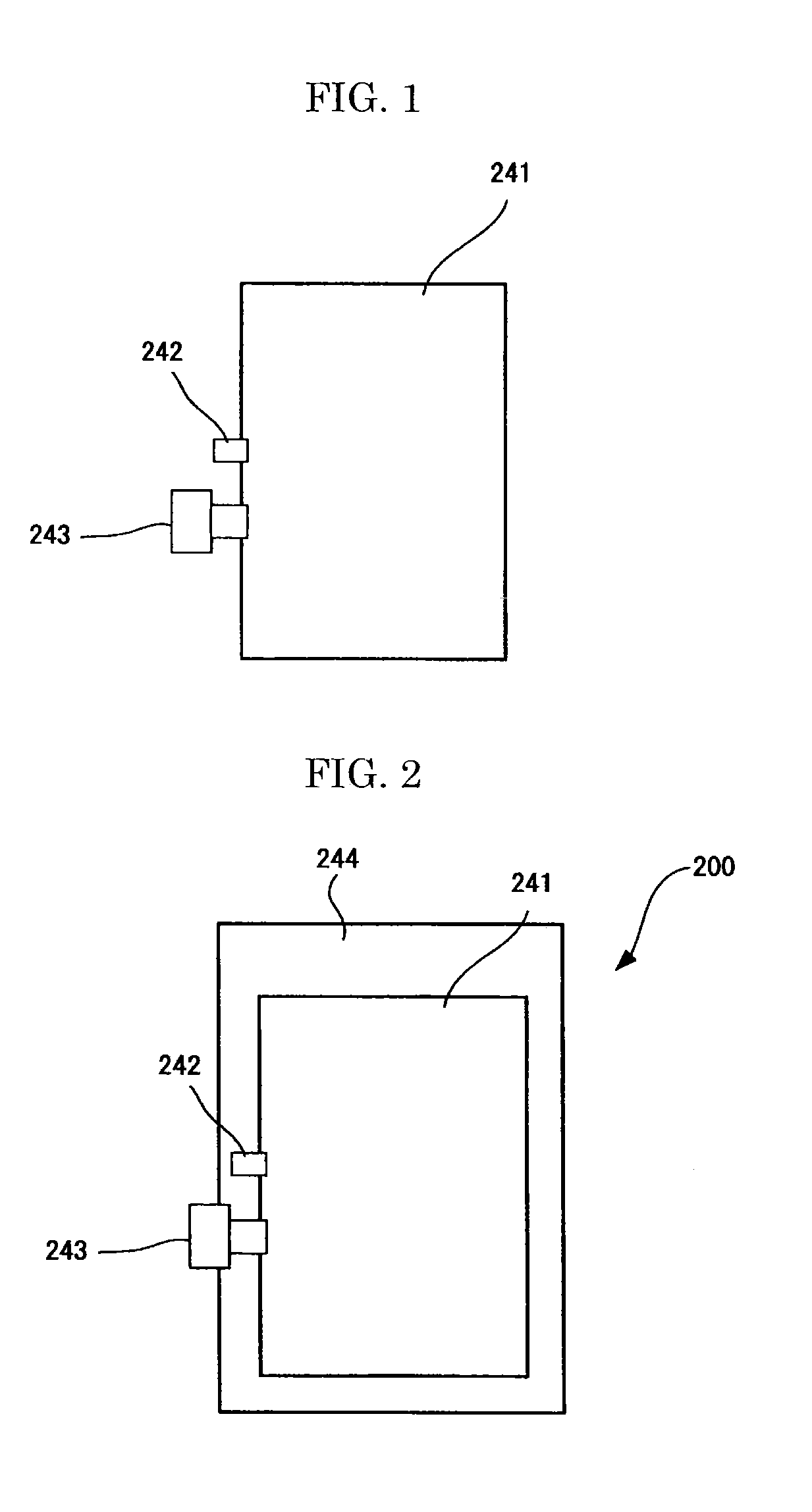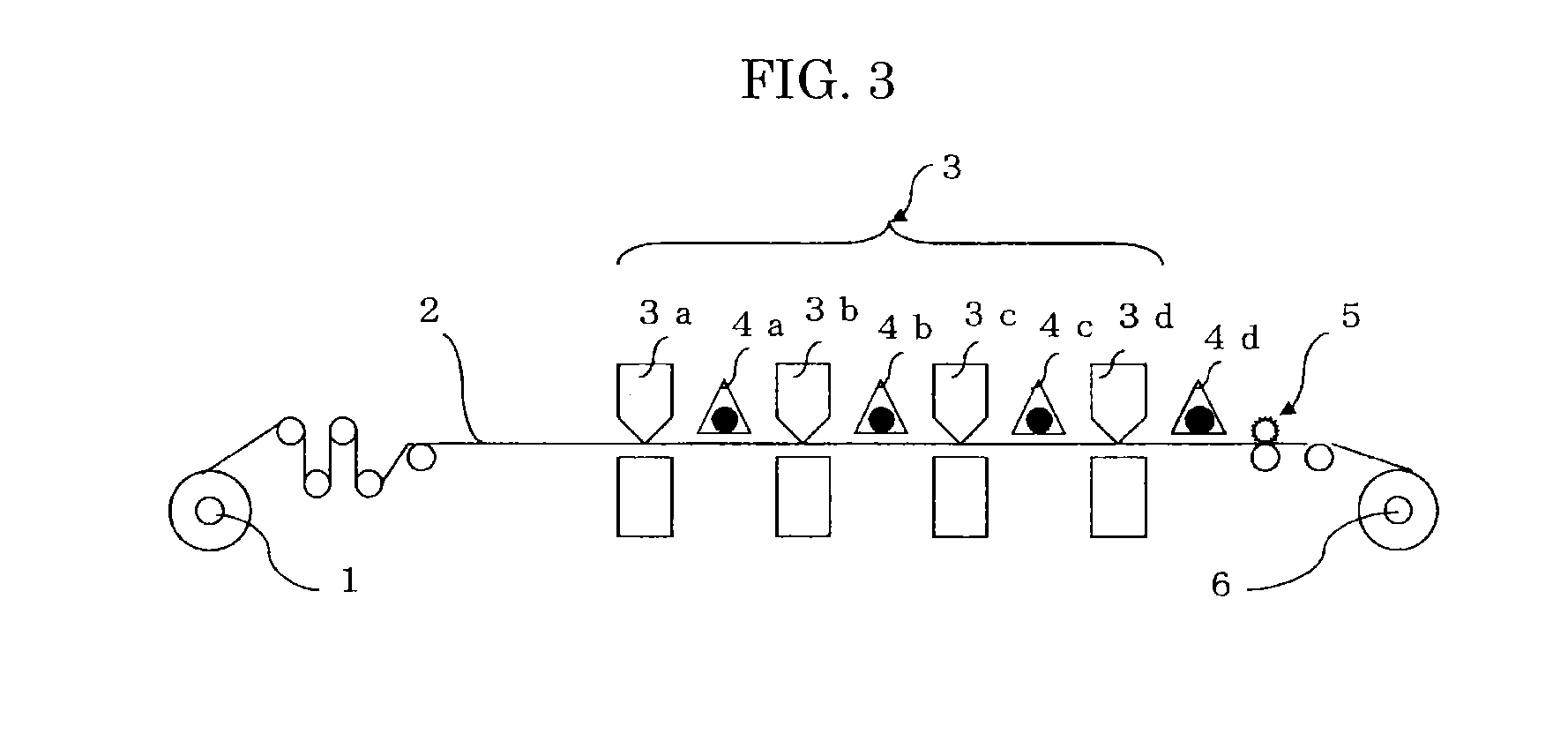Photopolymerizable inkjet ink, ink cartridge, and inkjet printing device
a technology of inkjet inkjet ink and polymer components, which is applied in the field of photopolymerizable inkjet ink, inkjet printing devices, and inkjet printing, can solve the problems of difficult adjustment of the viscosity of the inkjet ink containing the polymer component to the range at which the ink can be ejected, and many of the monomer components used in conventional photopolymerizable inkjet inks are toxi
- Summary
- Abstract
- Description
- Claims
- Application Information
AI Technical Summary
Benefits of technology
Problems solved by technology
Method used
Image
Examples
examples
[0072]Examples of the present invention will be explained hereinafter, but Examples shall not be construed as to limit the scope of the present invention.
[0073]According to the skin sensitization test based on the LLNA (Local Lymph Node Assay), the SI value was measured in the manner described below.
>
[0074]α-Hexylcinnamaldehyde (HCA; product of Wako Pure Chemical Industries, Ltd.) was used as the positive control.
>
[0075]As a vehicle, a mixture containing acetone (product of Wako Pure Chemical Industries, Ltd.) and olive oil (product of Fudimi Pharmaceutical Co., Ltd.) in a volume ratio of 4 / 1 was used.
>
[0076]Before treated with the test substances, the positive control or the vehicle control, female mice were acclimated for 8 days including 6-day quarantine. No abnormalities were found in all the mice (used animals) during the quarantine / acclimation period.
[0077]Based on the body weights measured 2 days before the initiation of sensitization, they were categorized int...
examples 1 to 37
, Comparative Examples 1 to 2
[0096]The following materials (A) to (F) were mixed with a blending ratio (a unit for the value was parts by mass) as depicted in each column of Examples and Comparative Examples of Tables 3 to 6, to thereby obtain an ink.
(A) t-butyl methacrylate, n-pentyl methacrylate, and n-hexyl methacrylate that are monomers negative for skin sensitization
(B) glycerol dimethacrylate that is a monomer negative for skin sensitization
(C) tricyclodecane dimethanol dimethacrylate that is a monomer negative for skin sensitization
(D) isostearyl acrylate, stearyl methacrylate, and ethylene oxide-modified phenol acrylate that are monomers negative for skin sensitization
(E) a photoradical polymerization initiator negative skin sensitization
(F) a polymer or copolymer of styrene, styrene derivative, acrylic acid ester, or acrylic acid, or any combination thereof.
[0097]In Tables 3 to 6, the details of A1 to A3, B, C, D1 to D3, E1 to E3, and F1 to F4 are as follows. The value in p...
PUM
| Property | Measurement | Unit |
|---|---|---|
| viscosity | aaaaa | aaaaa |
| acid value | aaaaa | aaaaa |
| temperature | aaaaa | aaaaa |
Abstract
Description
Claims
Application Information
 Login to View More
Login to View More - R&D
- Intellectual Property
- Life Sciences
- Materials
- Tech Scout
- Unparalleled Data Quality
- Higher Quality Content
- 60% Fewer Hallucinations
Browse by: Latest US Patents, China's latest patents, Technical Efficacy Thesaurus, Application Domain, Technology Topic, Popular Technical Reports.
© 2025 PatSnap. All rights reserved.Legal|Privacy policy|Modern Slavery Act Transparency Statement|Sitemap|About US| Contact US: help@patsnap.com



